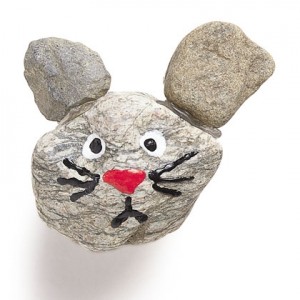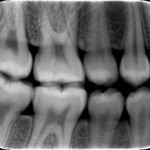We are here to bust 2 common oral hygiene myths for all of you. These are things we think you should know!
1. Myth: The harder you brush, the better it is.
Truth: Brushing with medium or hard bristles, or brushing with heavy pressure can actually wear your gums away exposing your softer, not as strong root surfaces. Exposed root surfaces can cause sensitivity and are even more susceptible to decay. So, we recommend using a soft bristled brush and gentle pressure while brushing. Remember, it’s not about brushing harder, it’s about brushing longer. Two full minutes, twice daily will give you the best possible results.
2. Myth: When using toothpaste, apply a long strip of paste to cover the length of your brush. That’s what they do on the commercials, isn’t it?
Truth: If you read the directions on your tube of toothpaste, it instructs you to apply only a pea size amount of paste. This small amount is all it takes to effectively aid in cleaning your teeth. Using more than this can cause build up in your bristles. This build up hibernates dirty mouth bacteria and compromise the integrity of your bristles. So, stick to the directions and use only a pea size. You will even save money in the long run!

 salmon, eggs and cheese. 15 minutes a day of sunlight (don’t forget your sun screen!) provides a prefect amount of Vitamin D.
salmon, eggs and cheese. 15 minutes a day of sunlight (don’t forget your sun screen!) provides a prefect amount of Vitamin D. It’s time we take a break from everything dental. After all, it IS summertime! The kids are home on summer break and they are already telling you they’re bored, right? Well, check out a couple of these fun summertime crafts from spoonful.com. We think they might like them!
It’s time we take a break from everything dental. After all, it IS summertime! The kids are home on summer break and they are already telling you they’re bored, right? Well, check out a couple of these fun summertime crafts from spoonful.com. We think they might like them! You may know that sugar can be bad for your teeth. Because of this, many people think it is safe to drink diet soda and be saved from tooth decay. But, did you know that diet soda is still acidic? That’s right; although diet soda has no sugar, the ingredients in them cause an acidic environment which is conducive to decay. If you have read our previous blog titled “Acid Erosion”, you are familiar with the chemical form of acid erosion which is caused by food and liquids in your diet.
You may know that sugar can be bad for your teeth. Because of this, many people think it is safe to drink diet soda and be saved from tooth decay. But, did you know that diet soda is still acidic? That’s right; although diet soda has no sugar, the ingredients in them cause an acidic environment which is conducive to decay. If you have read our previous blog titled “Acid Erosion”, you are familiar with the chemical form of acid erosion which is caused by food and liquids in your diet. The pacifier debate can be controversial among parents. When is the right time? The truth is, there is an age that is best for a child to quit the pacifier! So, read a little bit about the appropriate age and the reasons, then make the change.
The pacifier debate can be controversial among parents. When is the right time? The truth is, there is an age that is best for a child to quit the pacifier! So, read a little bit about the appropriate age and the reasons, then make the change. We have all had bitewing x-rays. You know, two x-rays on each side that help us detect cavities between the teeth. But, did you know that we also check for the level of your jaw bone, nerve size, margins of existing fillings and even large pieces of build up? That’s right! We get all that information from 4 little pictures.
We have all had bitewing x-rays. You know, two x-rays on each side that help us detect cavities between the teeth. But, did you know that we also check for the level of your jaw bone, nerve size, margins of existing fillings and even large pieces of build up? That’s right! We get all that information from 4 little pictures.